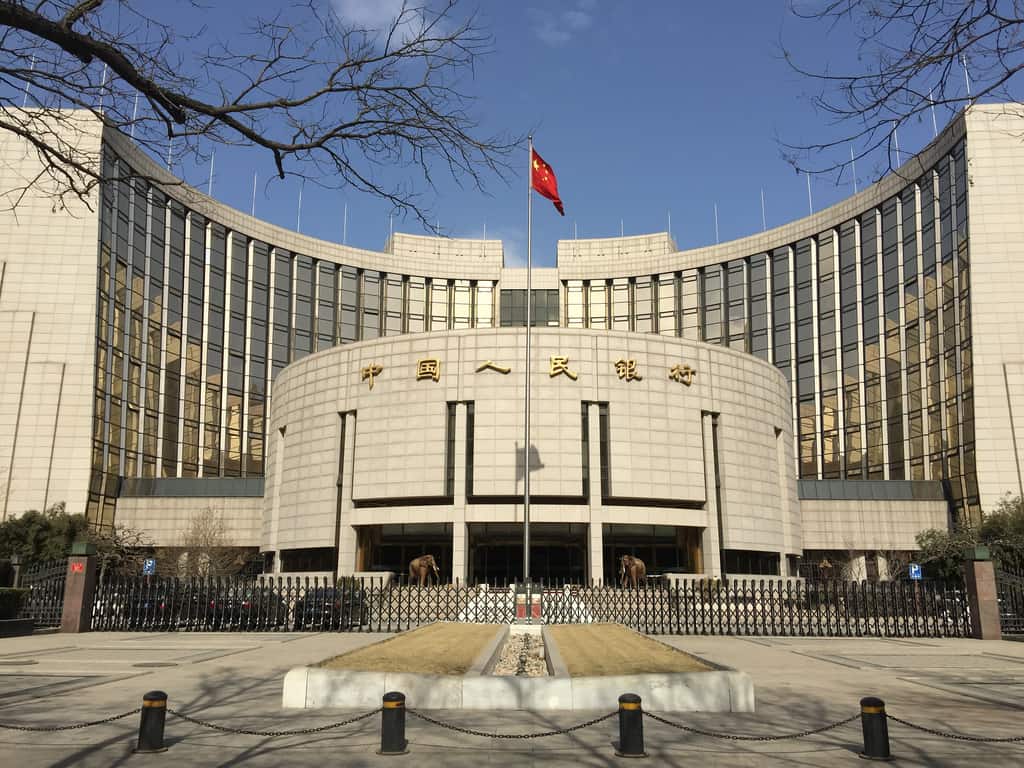Yi Gang (易纲), the governor of the People’s Bank of China (PBOC), has flagged further efforts to improve the country’s green financing standards.
During a speech delivered at the Singapore Fintech Festival on 9 December, Yi Gang said that key focal points for PBOC’s efforts to improve China’s green financing system would include:
- Making carbon neutrality targets the “restraint conditions,” and further improving green financing standards. “In future, during the process of drafting green financing standards for green loans, green bonds and green funds, we must ensure that catalogue projects supported by green financing do not harm climate change targets while supporting other environmental targets.”
- Researching and establishing mandatory environmental information disclosure systems for financial institutions.
- Raising the ability to analyse and manage environmental and climate risk. PBOC will invest more resources in tracking and analysing the potential impacts of environmental and climate risk on financial stability.
- Making it more convenient for international investors to participate in China’s green finance market. “We will actively push for domestic and overseas green financing standards to converge.”
PBOC and other central government departments first issued the “Guidance Opinions Concerning the Establishment of a Green Financial System” (关于构建绿色金融体系的指导意见) in 2016, as a “top-level policy design document.”
As of June 2020 China’s green credit balance exceeded 11 trillion yuan, making it first in the world. Outstanding green bonds were worth approximately 1.2 trillion yuan, putting China in second place globally.
China recently set the goals of achieving peak CO2 emissions before 2030, and achieving carbon neutrality prior to 2060.
Related stories




